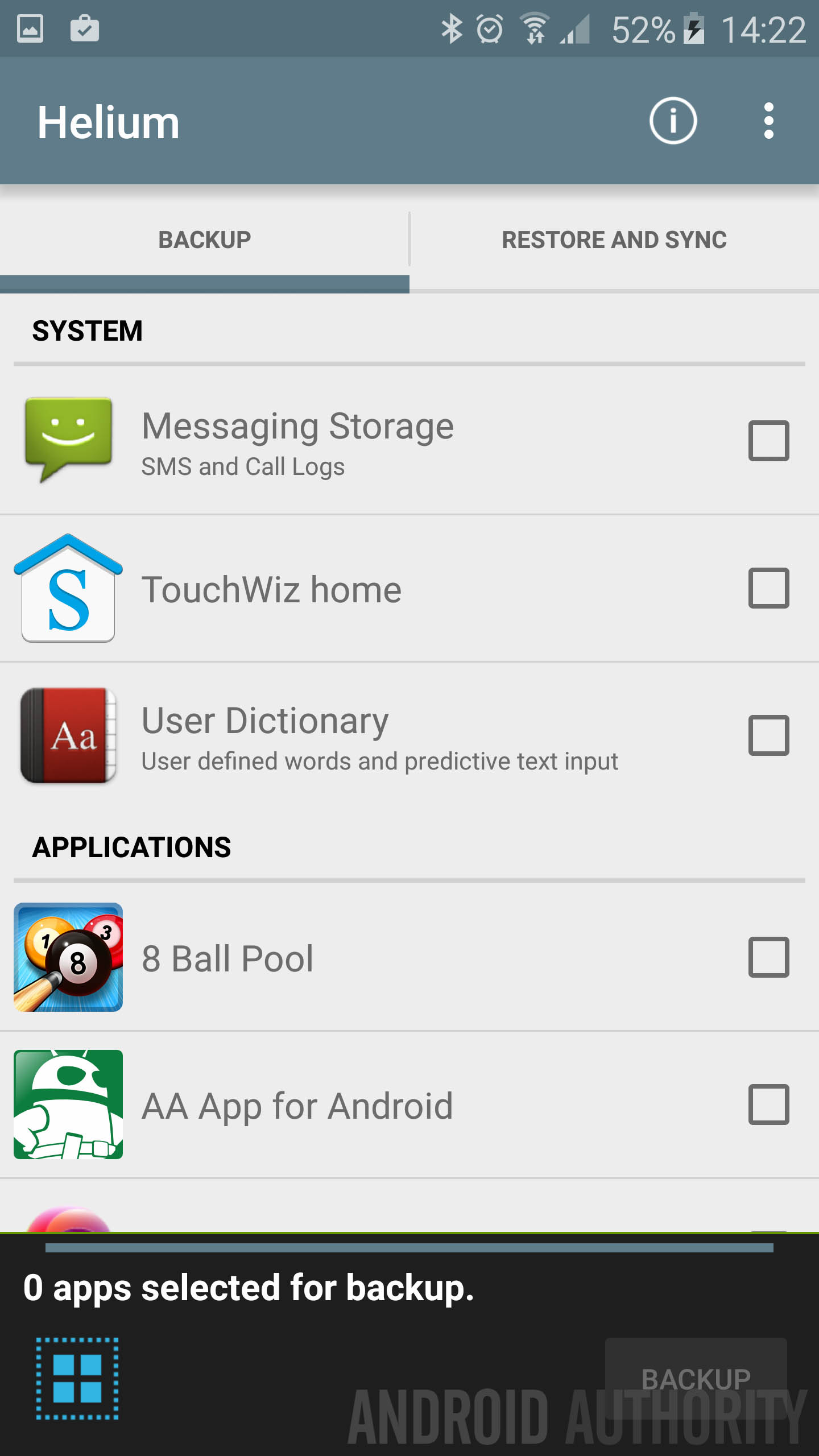Python is a popular programming language that is widely used by both beginners and professional developers. Modern versions of Mac OS support Python 2.7.x (or Python 2.6.1 in older versions), but many users need to upgrade to Python 3.6 or 3.7.
Today I will explain how to install the Python 3 update on a Mac in two different ways.
Note that I mean “install update” rather than “upgrade”, since Python 2 will remain on the Mac with this method. Some Mac programs require Python 2, and when upgrading they may start to malfunction or stop working altogether. Therefore, we will not update the installed version, but install Python 3 in parallel. Python 3 and Python 2 can coexist on the same Mac without conflicts, just the commands will differ slightly.
Python 2.7.5; After downloading everything above, unzip Cocos2d-x. Install the JDK and at the same time create a new variable called: JAVAHOME and give it the path to where you installed the JDK above. Unzip the Android SDK and NDK to the same root location. (maybe: /AndroidDev) install Python and take note of where you placed it. More from Raghav - How to install Python on MacOS Step by Step for Beginners Today we will learn: 1. Check if Python is alr.
- Installing Python 3 on Mac OS X. The version of Python that ships with OS X is great for learning, but it’s not good for development. The version shipped with OS X may be out of date from the official current Python release, which is considered the stable production version.
- However, the issue is most modern macOS versions come with rather with Python 2.7.x installed and not the newer, modern version like Python 3.6.5 or Python 3.7.2 (which is the most up-to-date version right now). This short guide is written to show you how to properly install Python 3 on a Mac OS X computer.
How to install Python 3 in macOS with Installer
The easiest way is to download the Python installer from the python.org website.
- Visit Python.org and download the latest available Python installer file;
- Run the downloaded file and install Python 3.x on Mac.
- Python 3.6.x requires about 100MB of available disk space. The installation process is very fast;
- When Python 3 is installed, you will see the Python3 folder in /Applications on your Mac. You will also see IDLE in the /Applications.
Using Python On Mac
Next method will show you how to install Python 3.x on a Mac through Homebrew.

How to install Python 3 using Homebrew
Installing an updated version of Python 3 through Homebrew is extremely simple. Of course, Homebrew should be installed on your computer, however, if you are interested in this method, then you probably have already used the program more than once.
Read more:How to Format USB for macOS and Windows?
If you haven’t Homebrew in your system, you can take script for Homebrew installing here. This script installs Homebrew to /usr/local so that you don’t need “sudo” when you brew install. It is a careful script; it can be run even if you have stuff installed to /usr/local already. It tells you exactly what it will do before it does it too. You have to confirm everything it will do before it starts.
Now to install Python 3 via Homebrew, run the following command in Terminal:
When Python 3 is installed on a Mac, you can start the program with:

In any case, after installing Python 3 on a computer, the version of Python 2.7 will still remain on it, and you will be able to use it.
How to Find out the Installed Version of Python
Open the Terminal program and use the following command:
In most cases, Python 2.7.x will be installed on macOS: either 2.7.4 or 2.7.10.
If you installed the Python update, you can check the version with the following command:
Python For Android Mac Os X 10.8
Once again, both versions of Python can coexist without conflicts.
Python Os X
Note: Once again, I want to remind you that you do not need to upgrade Python 2.x to Python 3.x, because this can lead to program malfunctions. Just install the updated version in parallel.
